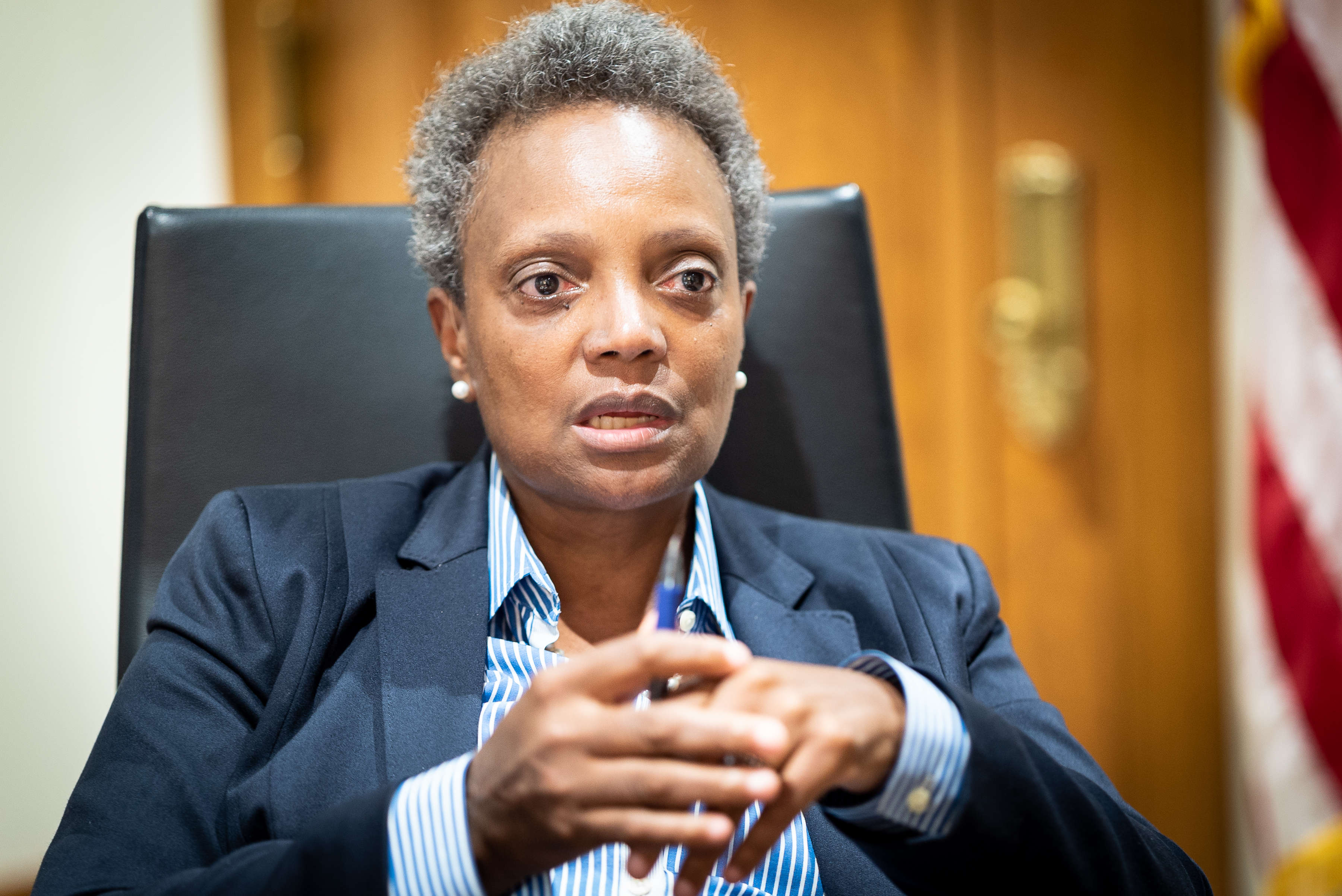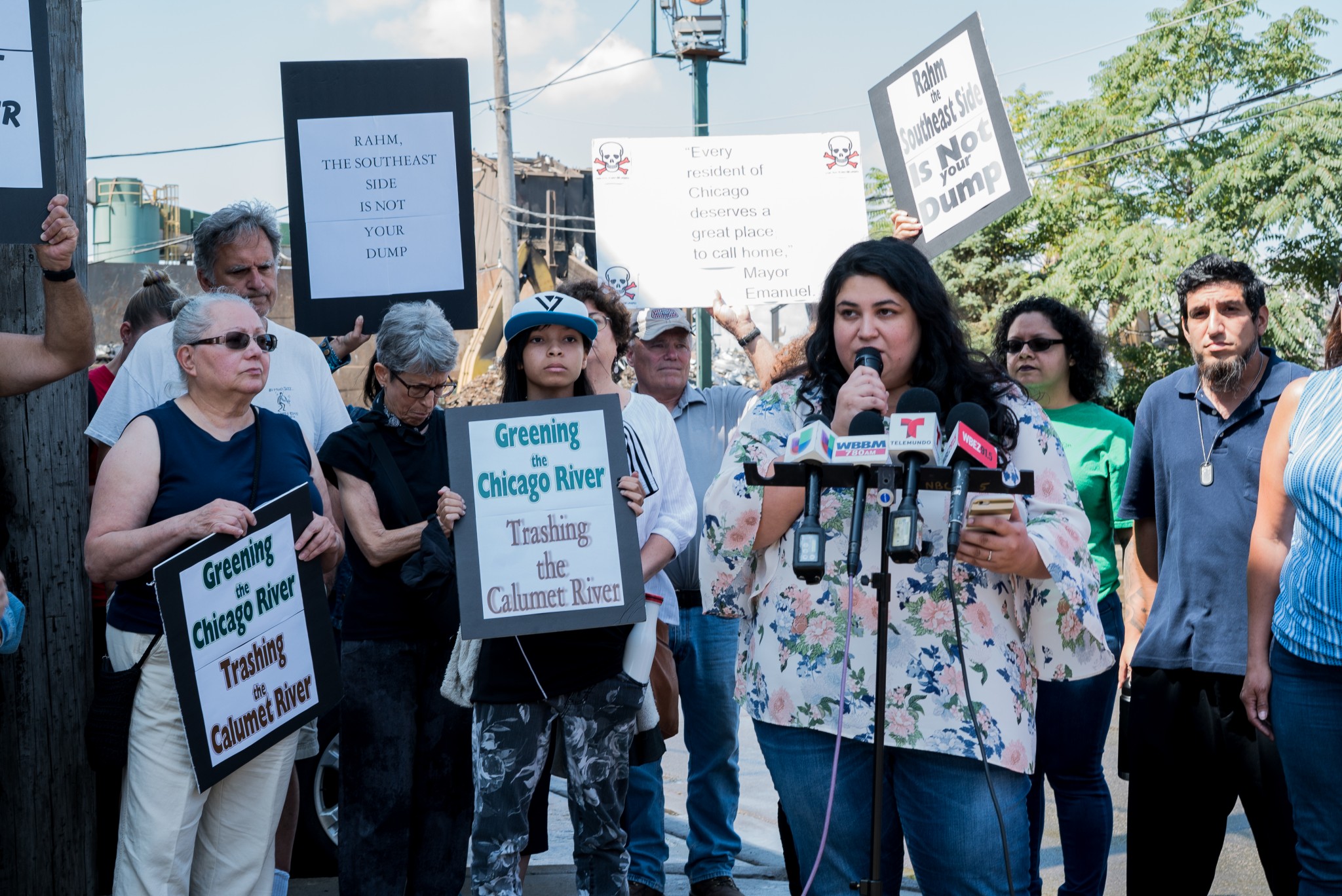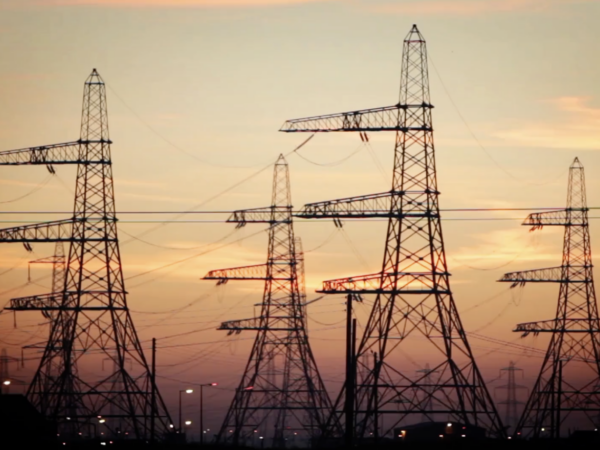
![]() By Brett Chase, Better Government Association, through the Institute for Nonprofit News network
By Brett Chase, Better Government Association, through the Institute for Nonprofit News network
At a town hall meeting in September on the Southeast Side to discuss the city’s budget, Mayor Lori Lightfoot promised residents in one of Chicago’s most environmentally burdened neighborhoods that she is taking steps to get tough on city polluters.
The announcement seemed to show the new mayor fulfilling a campaign promise to reverse Mayor Rahm Emanuel’s dissolution of the city’s environment department in 2012. She vowed during the campaign to bring the department back and have it focus on protecting residents from polluting businesses, lead in water, brownfields and dirty air.
But what Lightfoot is proposing is significantly scaled back compared to her campaign pledge.
Rather than a fulsome department filled with new employees and inspectors, Lightfoot’s plans call for an “office” of environment that initially will be staffed by one person budgeted for $150,000.
The new “office of environment and sustainability” will have no enforcement powers and will instead focus on developing a vision for environmental policy. The city’s public health department will continue to carry out environmental inspections and there are no additional dollars in Lightfoot’s first city budget for additional inspectors.
While Lightfoot calls the hiring of the yet-to-be-named head of the new office a first step toward keeping her campaign promise, critics are concerned she’s backpedaling.
But the mayor insists she’s not and that her overall plans will just take longer to implement. She said her initial plans were derailed once she realized the size of the city’s budget deficit, which she identified in August at $838 million.
“The reality of that came crashing home as soon as I knew what the size of the hole was,” Lightfoot said in an interview with the Better Government Association in which she vowed to eventually expand the new office. “We haven’t mapped out the full parameters of it but obviously it is not going to be one person. One person can’t get this done. We want to make this as robust as we can given the financial constraints that we have.”
The initial reaction by some Southeast Siders was to applaud Lightfoot’s announcement, which she made Sept. 19 at George Washington High School. The town hall was part of her citywide tour before she introduced a 2020 budget plan that passed the City Council last month. Still, others are cautious to heap praise on the initiative.
“I would not call this first step keeping that promise,” said Jennifer Walling, executive director of the Illinois Environmental Council, referring to Lightfoot’s campaign pledge.
Walling, whose organization represents about 80 environmental groups, said she understands the budget constraints but wonders how much power Lightfoot will give the new officer.
“It’s really important for that person to have decision-making ability on their own,” Walling said.

Southeast Side resident Gina Ramirez, holding the microphone at a 2018 environmental protest, says she’s seen no action from Mayor Lightfoot to crack down on polluters. (Madison Hopkins/BGA)
Gina Ramirez, a lifelong Southeast Side resident whose family is surrounded by health hazards — including brain-damaging manganese dust — said the mayor needs to show more urgency policing polluters. Six months into the mayor’s tenure, Ramirez said she’s seen no action.
“It’s so much wait-and-see and I feel like how much more can we wait when we’re breathing neurotoxins?” asked Ramirez, a community organizer, an outreach manager with the Natural Resources Defense Council and mother of a 5-year-old boy. “It’s another slap in the face that this isn’t a priority when people’s health and safety is at issue.”
After dissolving the environment department, Emanuel created a full-time “chief sustainability officer” within the mayor’s office and said that person would take a more citywide view of environmental issues and advise him on related policy.
Lightfoot’s plan for hiring a chief sustainability officer by early 2020 takes a similar approach.
The city’s two-page summary for the job describes a policymaker and visionary who will “develop and define the strategic direction of the Lightfoot administration and build an office of environment and sustainability in the mayor’s office from the ground up.” The position will report to Lightfoot’s policy chief Dan Lurie.
In addition, according to the document, one of the officer’s roles and key responsibilities will be to “develop and execute multi-year strategic planning and budgeting initiatives to ensure the office establishes a clear mission.”
Several of the initiatives Lightfoot promoted on the campaign trail are included in the new office’s goals and objectives, including converting all city-owned buildings to renewable energy by 2025. The plan lacks tangible goals, puts the strategy in the hands of the future hire and doesn’t give that person any support staff.
The job description states the “office will be granted additional staff capacity through the 2020 budget” and Lightfoot added that one way she’ll distinguish herself from Emanuel’s administration is by placing an emphasis on “environmental justice,” which means focusing on low-income and minority communities most adversely affected by pollution.
“Nobody was running point to make sure we weren’t just reacting to complaints that came in but we were thinking and had a broader vision around environmental justice, sustainability, climate change,” Lightfoot said.
Ramirez said she was anxious to see what Lightfoot would do for environmental justice areas.
“I’m just asking for clean air and clean soil,” she said.
Lightfoot’s plans leave out specifics related to cracking down on polluters, which is one of the biggest issues affecting the city.
In February, a BGA investigation detailed a substantial drop in environmental inspections and enforcement after Emanuel eliminated the environment department. And, in September, Chicago’s inspector general released a scathing report that said residents across the city were potentially exposed to health risks as hundreds of sources of toxic air emissions went unchecked for a three-year period.
In her interview with the BGA, Lightfoot vowed the city would better police polluters, though she wouldn’t detail her plans.
“We have to be much more proactive in addressing our enforcement actions. I don’t want to lay out the whole strategy in an article but we have to make sure we are working with the community advocates who are already on the ground, doing the work and being a support for those efforts and, where appropriate, taking a lead in bringing to light problems that are existing whether it’s on the Southeast Side or McKinley Park and using the tools that we have, including affirmative litigation to address chronic problems,” Lightfoot said. “We have to use every tool in our tool kit to make sure we are aggressively enforcing the environmental laws and, if necessary, looking at affirmative litigation.”
Under Lightfoot, fines on some polluters have increased, including those deemed repeat offenders, facilities operating without a permit and others caught illegally dumping, a city spokesman said.
“What we envision is somebody who is going to be an environmentalist and who is going to be engaging with the community, making sure we are very proactive in our environmental enforcement and pulling the pieces of the environmental infrastructure that lies in many departments, pulling that all together,” she said.
Her 2020 budget doesn’t include additional environmental inspectors. In fact, the city has three openings that aren’t being filled because of a mayoral hiring freeze. Including the three unfilled spots, the city has a dozen environmental inspectors responsible for inspecting air, hazardous waste and other issues. State grants fund an additional 12 inspectors for the city.
One community organizer said residents are leery of any mayoral pledge, having been promised robust environmental protections from Emanuel’s administration only to be let down later.

Kimberly Wasserman, executive director of the Little Village Environmental Justice Organization (Madison Hopkins/BGA)
Lightfoot needs to provide more than window dressing, said Kimberly Wasserman, executive director of the Little Village Environmental Justice Organization.
“We just have concerns around the potential to puppeteer somebody,” said Wasserman, whose community includes an industrial corridor and suffers from poor air quality largely caused by heavy diesel truck traffic. “We don’t need another director of sustainability who doesn’t have any power.”
The mayor said she understands the concern.
“We’ve gone through a period where there has been very little action,” Lightfoot said. “We’ve heard that loud and clear.”
For residents such as Ramirez, improving environmental enforcement is one of the most important things Lightfoot can do.
In a November 1 blog post for her employer, the NRDC environmental group, Ramirez outlined half a dozen actions the city can take immediately, including hiring more inspectors, increasing fines on the city’s worst polluters, changing permitting and zoning laws to protect neighborhoods that already endure heavy pollution and designating these so-called environmental justice communities for sustainable developments.
Lightfoot says she touches on some of these ideas with her proposed office of the environment.
Ramirez says she’ll keep pressing.
“We’re keeping the drum beat going,” Ramirez said.
This article, first published in Better Government Association, is republished here through Great Lakes Now’s membership in the Institute for Nonprofit News, a network of more than 200 nonprofit newsrooms across the U.S., working to strengthen the sources of trusted news for thousands of diverse communities.
Read some stories from Great Lakes Now on Mayor Lightfoot:
Raising the Bar: Michigan governor, Chicago mayor lead on water rights and advocacy
Featured image: Mayor Lori Lightfoot scaled back plans to create a new environmental enforcement department. Instead, she’s putting the strategy in the hands of a yet-to-be hired policy adviser. (Madison Hopkins/BGA)




